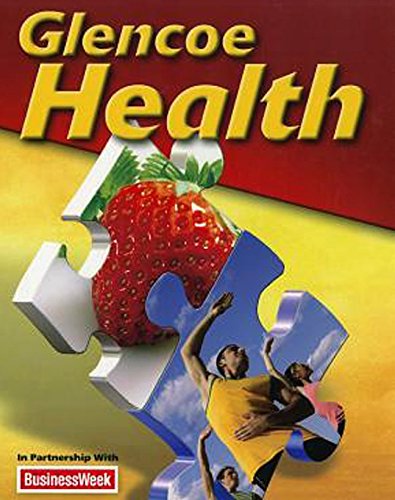
All Solutions
Section 5.4: Getting Help
Organizations:
1. General: National Alliance on Mental Illnes; Mental Health Resources; American Psychiatry Association
2. Government: MedlinePlus – Mental Health; World Health Organization – Project Atlas; U.S. Department of Health and Human Services – Mental Health
3. Populations:
3.1. Lesbian, gay, bisexual and transgender: National Alliance on Mental Illnes – LGBTQ; Centers for Disease Control and Prevention – LGBT Youth; LGBT National Help Center; GLBT Near Me; The Trevor Project; American Psycjological Association – Sexual Orientation and Gender Identity
3.2. Military/Veterans: U.S. Department of Veterans Affairs – Mental Health; National Alliance on Mental Illnes – Veterans and Active Duty; MindWise – Military and Family Screenings
3.3. Minority: U.S. Department of Health and Human Services – Office of Minority Health
3.4. Seniors: National Institute on Aging – Health Information; National Council on aging – Behavioral Health
3.5. Women: Office on Women’s Health – Mental Health Resources; National Institute of Mental Health – Women and Mental Health; World Health Organization – Gender and Women’s Mental Health
3.6. Youth, teens, school and college students: U.S. Department of Health and Human Services – Mental Health in Adolescents; The Jed Foundation; U.S. Government – Youth Mental Health; ULifeline; LawLifeline; LawLifeline; UCLA – Center for Mental Health in Schools and Student Learning Support
4. Disorders:
4.1. Anxiety, OCD, PTSD and depression: Anxiety and Depression Association of America (ADAA) – Online Resources; Freedom from Fear
4.2. Autism/asperger`s : Autism Speaks; The Arc – Autism Now
4.3. Bipolar: Depression and Bipolar Support Alliance
4.4. Eating disorders: National Eating Disorders Association; Proud2Bme
4.5. Schizophrenia: Brain and Behavior Research Foundation
4.6. Substance abuse: Substance Abuse and Mental Health Services Administration
Additional resources:
1. Diagnostic: American Psychiatric Association – DSM-5; Mayo Clinic – Mental Illness; MindWise Mental Health Screenings
2. Getting help: Substance Abuse and Mental Health Services Administration (SAMHSA) – Behavioral Health Treatment Locator; Half of Us; Psychology Today – Find a Therapist; American Psychological Association – Psychology Help Center
3. Support: Mental Health America; National Council for Behavioral Health
4. Hotlines: UCLA – Center for Mental Health in Schools and Student Learning Support – Hotlines; Safe Horizon; National Suicide Prevention Lifeline; Teen Health and Wellness; National Domestic Violence Hotline; Veterans Crisis Line
5. General information: PsychCentral – Resources; American Psychological Association; American Psychiatric Association; About – Mental Health Resources; U.S. Government – Mental Health and Substance Abuse Resources; Psychology Today
6. Blogs: National Alliance on Mental Health (NAMI) Blogs; PsychCentral – Mental Health Blogs; Psychology Today – Blog Directory
More than 20% of adults in America are battling depression, anxiety, and other mental health illnesses. Many of these people are not getting the treatment that they need. Why do people are so ashamed to get help? This happens because a lot of people assume that their problems are less than what others are experiencing. In this case, they think that they don’t need help.
Let us never forget the fact that every year, there are around 80,000 people who were driven to take their own lives due to their mental health conditions. If we begin to think that mental health is just as important as our physical health, then it can make a huge difference. It is important that all people must always remember that we deserve to feel better. If we think that someone needs our help, let us reach out. If you feel like you need help and you find yourself having a hard time talking about it with your friends or family, then take the first step by making an appointment with a mental health professional.
More than 20% of adults in America are battling depression, anxiety, and other mental health illnesses. Many of these people are not getting the treatment that they need. Why do people are so ashamed to get help? This happens because a lot of people assume that their problems are less than what others are experiencing. In this case, they think that they don’t need help. (Click to see the full solution)

